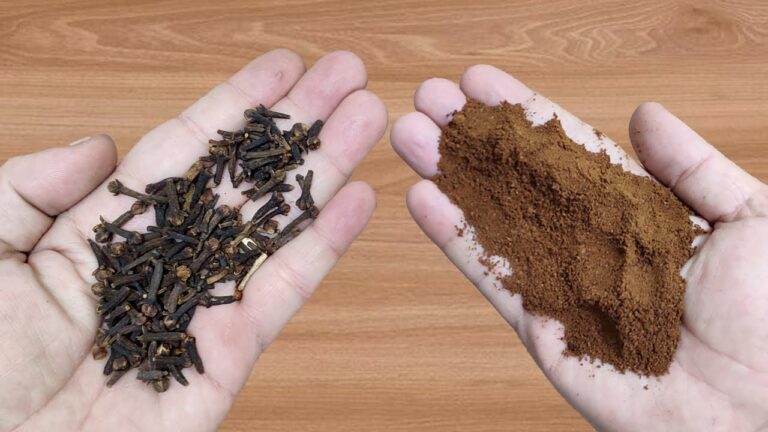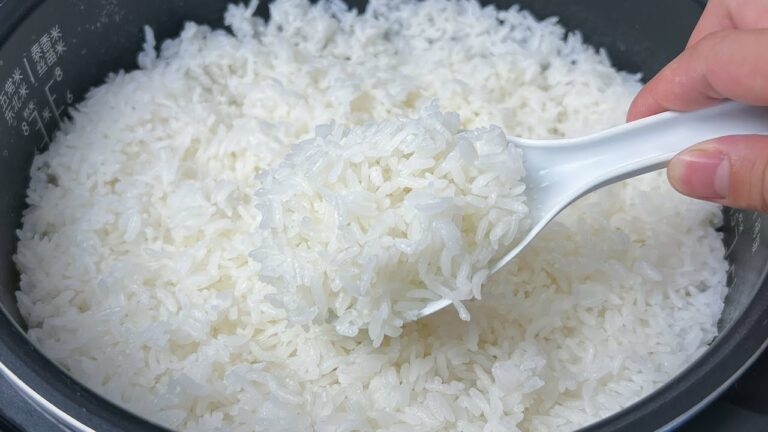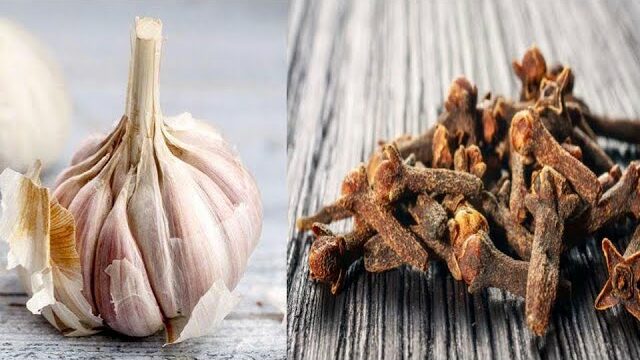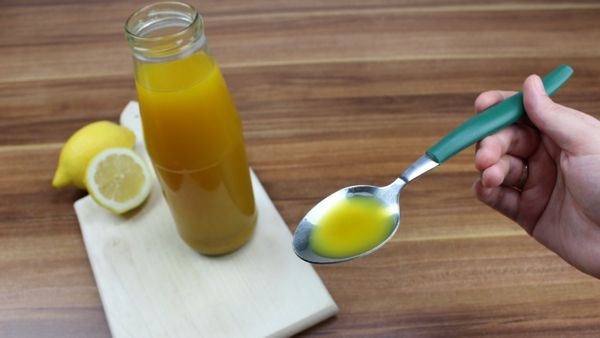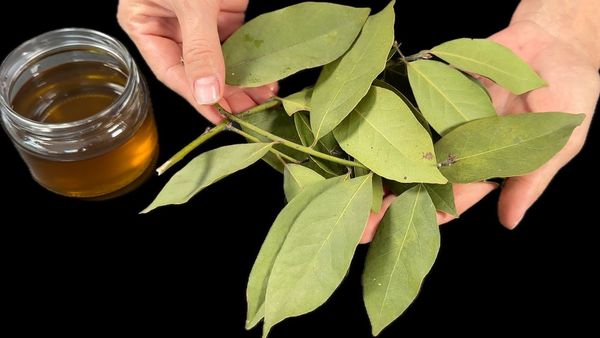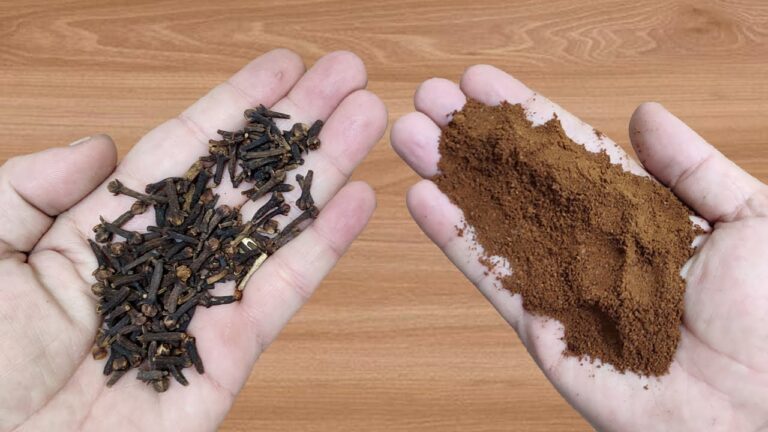Garlic isn’t just an ordinary ingredient found in your kitchen; it’s a powerful natural remedy with incredible medicinal properties. Not only is garlic known for its anti-inflammatory properties, but it also helps improve circulation, making it an effective solution for reducing the appearance of varicose veins and relieving associated inflammation. Let’s explore how garlic performs its magic and how you can use it effectively.
Why Garlic Works for Varicose Veins
Improves Blood Circulation
Garlic contains sulfur compounds like allicin that enhance blood flow and prevent blood clots, ultimately reducing pressure in the veins.
Reduces Inflammation
Thanks to its natural anti-inflammatory properties, garlic can ease the swelling and discomfort caused by varicose veins.
Strengthens Vein Walls
Garlic is packed with antioxidants that protect and strengthen blood vessel walls, reducing the likelihood of further vein damage.
Detoxifies the Blood
By helping remove toxins from the blood, garlic plays a crucial role in promoting vein health.
How to Use Garlic for Varicose Veins
1. Garlic Oil Massage
Ingredients:
- 5–6 fresh garlic cloves
- 2 tablespoons olive oil
- Juice of 1 lemon
Instructions:
- Prepare the Oil:
- Crush the garlic cloves into a paste and mix them with olive oil and lemon juice.
- Let the mixture sit for 12–24 hours to infuse.
- Apply to Affected Areas:
- Massage the infused oil onto the varicose veins in a circular, upward motion.
- Cover the area with a warm cloth for 15–20 minutes to enhance absorption.
- Repeat:
- Use this remedy daily for at least 2 weeks to observe noticeable results.
2. Garlic Infusion for Internal Use
Ingredients:
- 2–3 garlic cloves
- 1 cup warm water
- Optional: honey or lemon for flavor
Instructions:
- Activate the Allicin:
- Crush the garlic cloves and let them sit for 10 minutes to activate allicin.
- Prepare the Infusion:
- Add the crushed garlic to warm water and let it steep for 5 minutes.
- Strain the infusion and drink it.
- Consume:
- Consume the infusion once daily to improve circulation and reduce inflammation from within.
Additional Tips for Success
To optimize vein health and the effectiveness of garlic, here are some additional tips to consider:
- Follow a balanced diet rich in fruits, vegetables, and whole grains.
- Engage in regular physical activity, such as walking or stretching, to improve circulation.
- Elevate your legs for 15–20 minutes daily to alleviate pressure on the veins.
Precautions
While garlic is generally safe, it’s essential to take precautions:
- Before extensively using garlic topically, perform a patch test to check for any mild irritation.
- If you’re taking blood-thinning medications, consult your doctor before increasing your garlic consumption.
What to Expect
Here’s what you can expect when using garlic for varicose veins:
Week 1–2: Reduced swelling and improved comfort around varicose veins.
Week 3–4: Gradual fading of visible veins and smoother skin appearance.
Final Thoughts
Garlic is a natural, affordable, and effective solution for varicose veins and inflammation. With consistent use, you’ll experience significant improvement in both the appearance and discomfort of varicose veins. Give this incredible remedy a try and witness the magic of garlic at work! ✨

